FOR IMMEDIATE RELEASE: January 28, 2021
CONTACT: Pete Daniels / pdaniels@saferoads.org / 301-442-2249 (C)
Statement of Cathy Chase, President of Advocates for Highway and Auto Safety (Advocates): New Crash Tests Reveal Deadly Consequences of Higher Speeds and Make the Case for Advancing Proven Safeguards
New crash tests performed by the Insurance Institute for Highway Safety (IIHS), the AAA Foundation for Traffic Safety, and Humanetics show that modest five to ten miles-per-hour (mph) increases in speed can have a severe impact on a driver’s risk of injury or even death. The findings underscore the need to curb speed escalation, expand the use of road safety technologies such as automated speed enforcement (ASE), and require proven vehicle safety technology in all new vehicles. The new study and focus on speed are especially timely following a year when many motorists turned emptier roads into risky racetracks and the traffic fatality rate increased greatly due in part to an uptick in speeding.
Speeding is a leading factor in traffic crashes, fatalities and injuries. There were approximately 9,000 speeding-related deaths in 2019 on our roadways, according to the National Highway Traffic Safety Administration (NHTSA). Research by AAA finds that the most common factor considered when establishing or changing a speed limit is how fast most traffic tends to travel on a given road, known as the 85th percentile speed. The 85th percentile speed is the speed at or below which 85 percent of the vehicles on a road tend to travel. This speed is measured and then the limit is set or modified. However, this method ignores evidence found by IIHS and others that people often drive faster than the speed limit, and average speeds tend to increase whenever speed limits are raised, creating a feedback loop of repeated speed limit increases. Already in the 2021 state legislative sessions, a number of states including New Hampshire, New Jersey and North Dakota may be considering bills that would result in speed limit increases. We strongly urge them to drop these efforts. Speed limits should be based on engineering studies and tied to the goal of prioritizing public safety over speed.
Additionally, Advocates encourages states and municipalities to employ ASE (speed camera) programs, which when used properly, provide an effective and equitable means of reducing speeding and crashes. A study performed by IIHS finds these systems to be productive on a wide variety of roads, resulting in the number of vehicles exceeding posted speed limits by more than 10 mph reduced by up to 88 percent. We support federal action to incentivize state use of speed and red-light camera systems and to remove restrictions on the use of federal funds to do so.
Proven vehicle safety technology could also be preventing many more crashes if required in all new vehicles with a minimum performance standard. IIHS research shows that vehicles equipped with automatic emergency braking (AEB), lane departure warning (LDW), blind spot detection (BSD) and other advanced driver assistance systems (ADAS) experience fewer crashes. Too often, these lifesaving features are out of reach for many car buyers, made available only as part of expensive add-on or trim packages or as standard in high-end vehicles. Advocates looks forward to working with the Biden-Harris Administration and the 117th Congress to ensure that the clear benefits of ADAS are available to all drivers which will in turn upgrade the safety of all road users.
Advocates for Highway and Auto Safety is an alliance of consumer, medical, public health, law enforcement and safety groups and insurance companies and agents working together to make America’s roads safer. Advocates’ mission is the adoption of federal and state laws, policies and programs that prevent motor vehicle crashes, save lives, reduce injuries, and contain costs.
###

